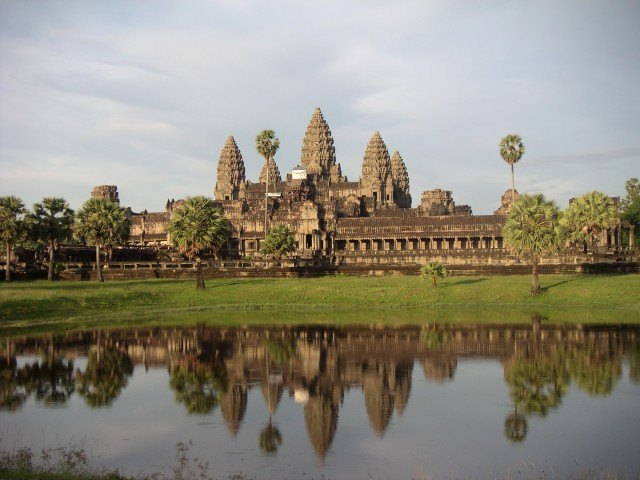Why the Tour de France Captivates Millions Every Year
Every summer, as the July sun graces the landscapes of France, millions of eyes turn towards a singular, mesmerizing event: the Tour de France. The grandeur of this three-week spectacle draws both cycling enthusiasts and casual viewers alike. But what is it about the Tour de France fan fascination that keeps the world glued to their screens, year after year?
A Sporting Tradition Steeped in History
The Tour de France is not just a race; it’s a century-old tradition. Since its inception in 1903, the event has evolved into the crown jewel of professional cycling. The race is imbued with rich history, creating a legacy that echoes through every mountain stage, time trial, and sprint. Its legendary status in sports has a magnetism that is hard to resist. The cyclists are not just athletes; they are warriors battling fatigue, altitude, and sometimes even each other. For fans, the Tour de France excitement lies in witnessing this extraordinary human endurance and resilience.
From the historical victories of Eddy Merckx to the more recent conquests of Chris Froome, the Tour de France consistently delivers iconic moments that are etched into sports history. For many, it’s about watching history being made, knowing that each stage could produce a new legend.
The Unpredictability of the Race
Unlike many sporting events, where the outcome is often predictable, the Tour de France is gloriously unpredictable. While the yellow jersey signifies the race leader, it doesn’t guarantee a win. A single mechanical failure, a crash, or an unexpected weather change can dramatically alter the outcome. The potential for a shake-up at any moment adds to the Tour de France excitement, keeping fans on the edge of their seats throughout the 21 stages.
What sets the Tour de France apart is its complexity. This isn’t a simple sprint to the finish line—it’s a multidimensional battle. Riders must excel in time trials, navigate perilous mountain climbs, and engage in high-speed sprints. The strategies employed by teams, from protecting a leader to launching surprise attacks, inject a level of tactical intrigue that enhances the Tour de France fan fascination.
Scenic Splendor: A Tour of France Itself
Beyond the sheer athleticism on display, the Tour de France offers viewers a visual feast. The course meanders through some of the most breathtaking scenery in the world. From the snow-capped peaks of the Alps to the sunflower-strewn fields of Provence, the race serves as a moving postcard of French beauty. For millions who watch the Tour de France, the race isn’t just about cycling—it’s also about the experience of France’s diverse geography and culture.
The famous mountain stages, such as Alpe d’Huez and Mont Ventoux, provide both physical and visual drama. The grueling ascent of these giants contrasts with the idyllic, picturesque villages that lie at their base. Watching the race is a sensory journey that appeals to travelers, adventurers, and those who simply appreciate stunning visuals.
The Power of Tradition and Community
The Tour de France audience impact goes beyond the individual. It fosters a sense of community among fans. In the towns and villages that line the race route, entire communities gather, sharing picnics and stories as they wait for the riders to fly past in a blur of colors. The sense of occasion is palpable. People plan their summers around the race, ensuring they are in the best spots to cheer on their favorite riders. For them, it’s a shared experience that transcends the race itself.
Internationally, the Tour de France brings together fans from all over the globe. Whether watching from a crowded café in Paris or a living room in Tokyo, people unite in their love for the sport. The global fanbase is vast, with millions watching the Tour de France every year, reflecting the race’s universal appeal.
Drama, Rivalries, and Human Stories
At the heart of the Tour de France are the riders themselves—their stories of triumph, heartache, and perseverance. The race is as much about the narrative arcs of these athletes as it is about the competition. Viewers tune in not just to see who will win but also to follow the personal journeys of the cyclists.
The rivalries, such as that between Greg LeMond and Bernard Hinault in the 1980s or the more recent battles between Chris Froome and his competitors, add layers of drama to the race. These intense personal contests captivate audiences, giving them heroes to root for and villains to jeer. The Tour de France fan fascination often lies in these very human stories—tales of extraordinary sacrifice, brutal losses, and glorious comebacks.
The Allure of the Yellow Jersey
Few symbols in the world of sport are as iconic as the yellow jersey, or “maillot jaune,” worn by the race leader. For fans, the yellow jersey is not just a piece of clothing—it represents ultimate achievement, resilience, and excellence. Watching a rider don the yellow jersey invokes a sense of awe and respect. It’s a symbol that transcends the race, signifying the wearer’s journey to the top of one of the most grueling competitions in sports.
The constant battle for the yellow jersey is one of the reasons the race is so captivating. Seeing it change hands, sometimes daily, keeps fans engaged and emotionally invested in the race. The weight of history and prestige attached to that simple piece of fabric plays a significant role in the Tour de France audience impact.
Conclusion
The Tour de France is more than just a cycling event—it’s a grand celebration of sport, culture, and human endurance. From the millions watching the Tour de France worldwide, to the roadside spectators and dedicated fans who follow every stage, the event captivates like few others. Its combination of unpredictable competition, awe-inspiring scenery, and the sheer physical prowess of its participants ensure that the race remains a truly unique spectacle. This annual test of grit and glory will continue to fascinate and inspire generations to come, as the race’s legend only grows with time.




